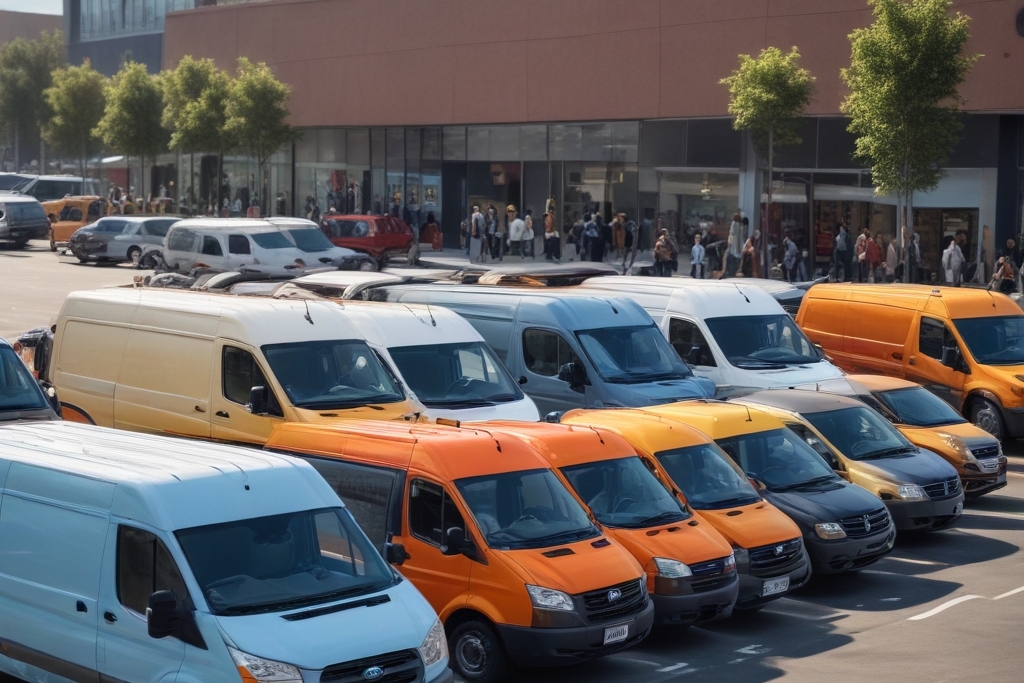Understanding Store Closures in Your Area: What You Need to Know

In recent years, the retail landscape has undergone significant changes, leading to the closure of many stores across various regions. Whether due to economic shifts, changes in consumer behavior, or the rise of e-commerce, understanding which stores are closing in your area can help you stay informed and prepared. This article delves into the factors driving store closures, how to find out which stores are closing near you, and what these closures mean for local communities.
The retail industry is constantly evolving, and store closures have become a common occurrence. Several factors contribute to this trend, including economic downturns, shifts in consumer preferences, and the growing dominance of online shopping. Economic challenges, such as recessions or local economic downturns, can lead to decreased consumer spending, forcing retailers to shut down underperforming locations. Additionally, the rise of e-commerce giants has significantly impacted brick-and-mortar stores, as more consumers opt for the convenience of online shopping. This shift has led many traditional retailers to reevaluate their physical store presence and, in some cases, close locations that are no longer profitable. To find out which stores are closing in your area, there are several resources you can utilize. Local news outlets often report on store closures, providing detailed information about which stores are affected and the reasons behind the closures. Additionally, many retailers announce store closures on their websites or through press releases, offering insights into their strategic decisions. Social media platforms and community forums can also be valuable sources of information, as residents often share news and updates about local businesses. The impact of store closures on local communities can be significant. For one, they can lead to job losses, affecting the livelihoods of employees and their families. Moreover, the closure of stores can reduce the variety of shopping options available to residents, forcing them to travel further for their needs. This can be particularly challenging for individuals without reliable transportation. On a broader scale, store closures can contribute to the decline of local economies, as reduced foot traffic can negatively impact other nearby businesses. However, it’s not all doom and gloom. Store closures can also present opportunities for communities to adapt and innovate. For instance, vacant retail spaces can be repurposed for new businesses, community centers, or other beneficial uses. Additionally, the rise of e-commerce has led to the growth of new job opportunities in logistics, warehousing, and delivery services. Communities that embrace these changes and support local entrepreneurship can find new ways to thrive despite the challenges posed by store closures.
Store closures are an inevitable part of the evolving retail landscape. By understanding the factors driving these closures and staying informed about which stores are closing in your area, you can better navigate the changes and their impact on your community. While the closure of stores can present challenges, it also offers opportunities for adaptation and growth. By supporting local businesses and embracing new economic trends, communities can continue to thrive in the face of change.



